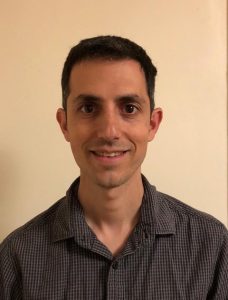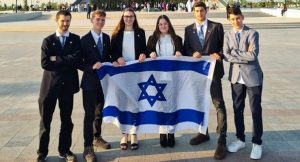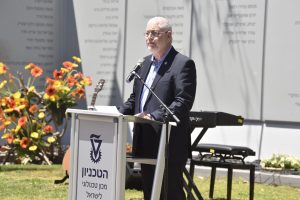Four principal investigators from the Technion were recently awarded the ERC Starting Grant: Dr. Yonatan Belinkov from the Henry and Marilyn Taub Faculty of Computer Science, Dr. Yaniv Romano from the Henry and Marilyn Taub Faculty of Computer Science and the Andrew and Erna Viterbi Faculty of Electrical Engineering, Dr. Ari Glasner from the Ruth and Bruce Rappaport Faculty of Medicine, and Dr. Menahem (Hemi) Rotenberg from the Faculty of Biomedical Engineering. In 2024, the European Commission will fund 494 ERC Starting grants, with a success rate of 11%. The overall funding for these grants is €780 million.
Dr. Yonatan Belinkov was awarded the ERC for developing novel methods for elucidating the internal mechanisms of large language models (LLMs) to allow controlling LLMs in an efficient, interpretable, and safe manner. LLMs play a central role in many artificial intelligence (AI) systems, yet they operate like a black box – we do not understand their inner workings. The project aims to overcome the flaws of LLMs, such as biased behavior, out-of-date information, confabulations, flawed reasoning, and more.
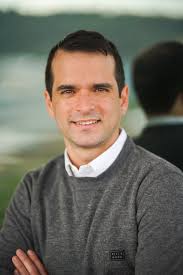
Dr. Yaniv Romano was awarded the ERC for developing protective ecosystems that can be seamlessly plugged into any black-box machine learning (ML) model to monitor and guarantee its safety. Using statistical tools, Dr. Romano aims to put precise, interpretable, and robust error bounds on ML predictions, communicating what can be honestly inferred from data. In other words – he seeks to build trust in black-box predictions that affect people’s lives, opportunities, and science.
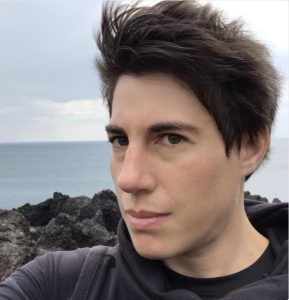
Dr. Ari Glasner from the Ruth and Bruce Rappaport Faculty of Medicine aims to better understand the interactions between the tumor microenvironment and immune cells. The project will comprehensively map interactions between stromal (connective, supporting tissue) cells and immune cells in the tissue microenvironment to elucidate the roles and programs carried out by each cell type. The findings will lay the foundations for identifying novel therapeutic candidates and strategies.
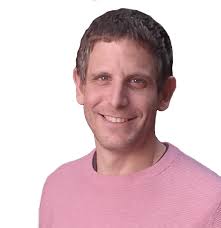
Dr. Hemi Rotenberg from the Faculty of Biomedical Engineering aims to develop an electro-mechanical bio-interface for neuronal tissue engineering. The interface will combine leadless electrical biomodulation induced via optical illumination of semiconducting silicon micro- and nanostructures, and mechanical perturbation using spatially defined iron microstructures manipulated via spatially homogenous magnetic fields. The new interface will allow researchers to apply electrical and/or mechanical modulation with high precision so that different parts of the same cell can be addressed simultaneously. This new tool has applications ranging from fundamental brain research to future translational clinical interventions.

